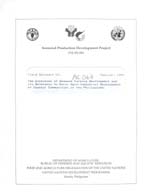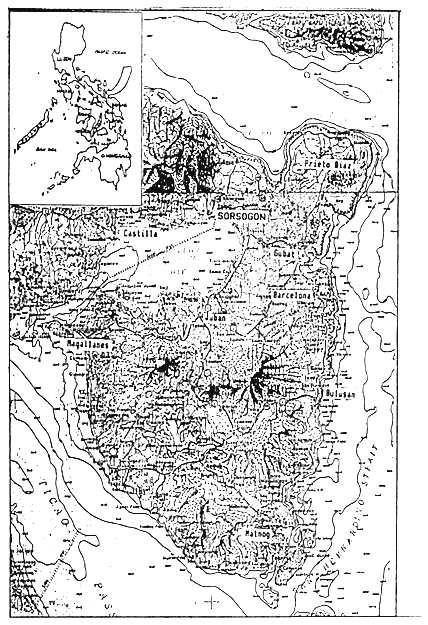
 |
Field Document 03. The Evolution of Seaweed Farming Development and its Relevance to Rural Agro-Industrial Development of Coastal Communities in the Philippines. |
SEAWEED PRODUCTION DEVELOPMENT PROJECT
PHI/89/004
| The designations employed and the presentation of materials in this publication do not imply the expression of any opinion whatsoever on the part of the Food and Agriculture Organization of the United Nations concerning the legal status of any country, territory, city or area or of its authorities, or concerning the delimitation of its frontiers or boundaries. |
FAO Philippines: NEDA sa Makati Building, 106 Amorsolo Street, Legaspi Village, Makati, Metro Manila, Philippines; Tel. Nos. 850611 to 25 & 8171507; Telex No. 64111 FAOPN; Fax No. (662)8171654
BFAR-DA: 3rd Floor, Arcadia Building, 860 Quezon Avenue, Metro Manila, Philippines; Tel. No. 973617
by
Medina N. Delmendo
National Seaweed Farming Consultant,
V. Alvarez
Marine Colloids, Cebu
&
H.R. Rabanal
Aquafarming Development Foundation, Metro Manila
This field document is one of a series of documents prepared during the course of the project identified on the title page. The conclusions and recommendations given in the document are those considered appropriate at the time of its preparation. They may be modified in the light of further knowledge gained at subsequent stages of the project.

The Project Area: Eastern Sorsogon and Sorsogon Bay
ABSTRACT
The paper describes the historical development of Eucheuma seaweeds farming in the Philippines, how it started and the present status of the industry. It also introduces the on-going development towards the farming of Gracilaria as a means of diversifying seaweed production and improving the socio-economic conditions of rural coastal communities.
DEPARTMENT OF AGRICULTURE
BUREAU OF FISHERIES AND AQUATIC RESOURCES
FOOD AND AGRICULTURE ORGANIZATION OF THE UNITED NATIONS
UNITED NATIONS DEVELOPMENT PROGRAMME
Manila, Philippines
February 1992
Hyperlinks to non-FAO Internet sites do not imply any official endorsement of or responsibility for the opinions, ideas, data or products presented at these locations, or guarantee the validity of the information provided. The sole purpose of links to non-FAO sites is to indicate further information available on related topics.
This electronic document has been scanned using optical character recognition (OCR) software. FAO declines all responsibility for any discrepancies that may exist between the present document and its original printed version.
2. DEVELOPMENT OF EUCHEUMA SEAWEED FARMING
3. GRACILARIA FARMING DEVELOPMENT
4. AGRO-INDUSTRIAL RELEVANCE OF SEAWEED FARMING TO RURAL COASTAL COMMUNITIES
Figure 2 Layout of a 1.0-hectare seaweed farm.
Table 1 Philippine exports of dried Eucheuma, 1985–1989.